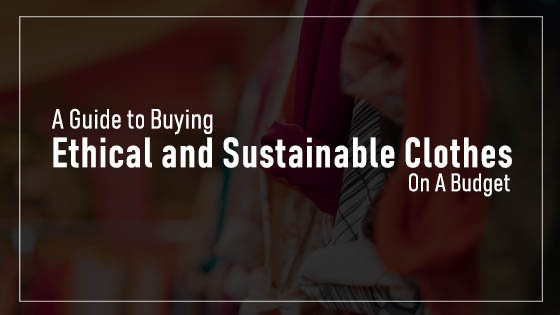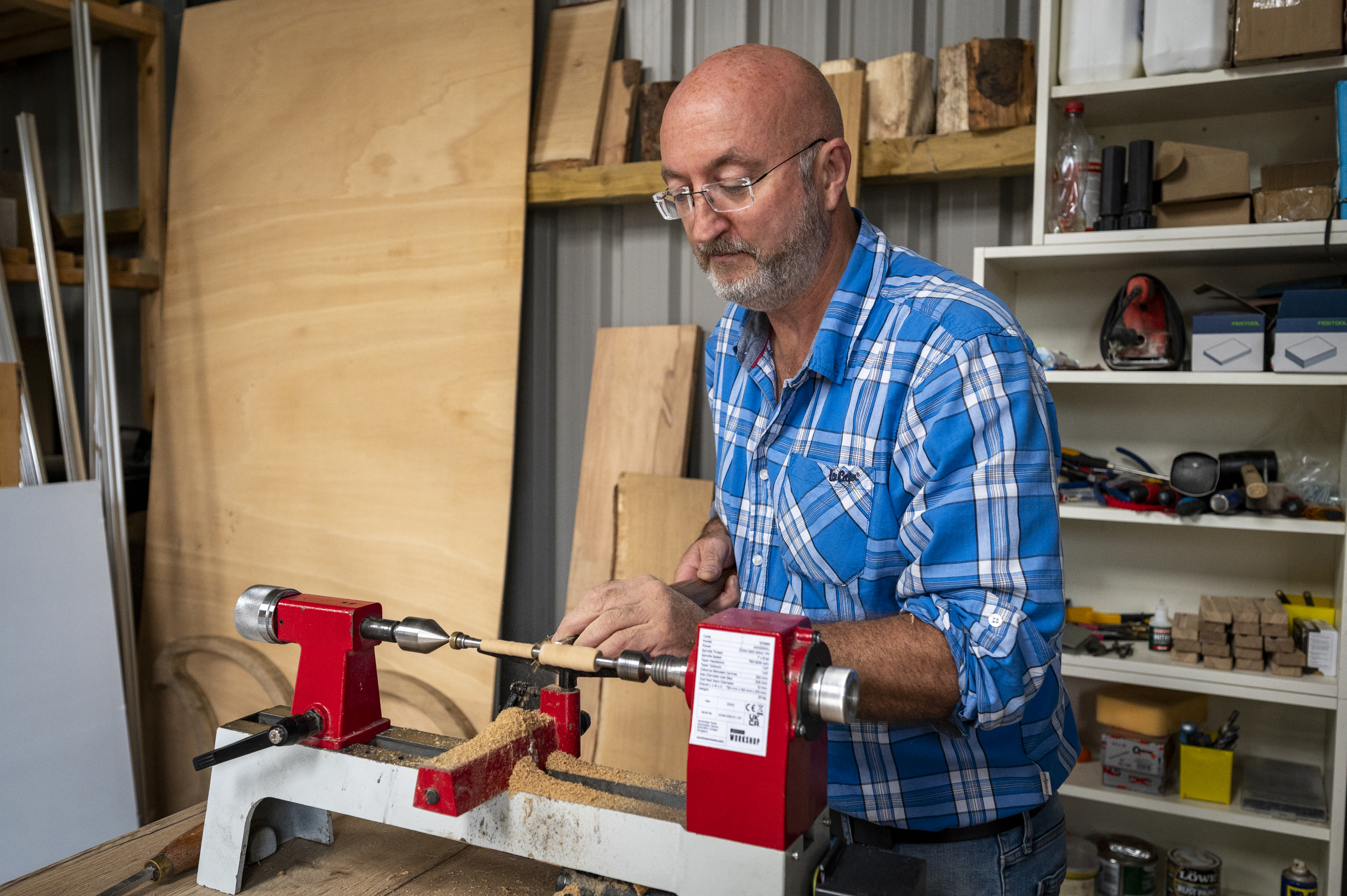As climate change is talked about on a global level we are xposed to a lot of climate lingo. From sustainable materials, sea-level rise and global average temperature to the greenhouse effect there are a lot of terms going around. One that has been a central point of interest for quite a while now is the carbon footprint with an empathises on keeping this footprint as low as possible. However, what exactly is the carbon footprint, who has one and how can we make sure to reduce it?
The Carbon Footprint: A Definition
![]()
By definition, the carbon footprint is the total amount of emission of greenhouse gases that a person, organisation, product or event produces. These emissions include carbon dioxide, methane, and other natural and synthetic gases. All these gases are responsible to trap heat in the atmosphere, which is the cause of global warming. Basically, the carbon footprint gives us a way of measuring the impact something or someone has on the environment.
Based on the data from the Emission Database for Global Atmospheric Research (EDGAR) the average carbon footprint for a person globally is 4.79 tons. To prevent a global temperature rise this number needs to be brought down to a global average of under 2 tons per person by 2050.
How to Calculate Your Personal Carbon Footprint
When looking at your personal carbon footprint there are a number of factors that need to be taken into account. The biggest contributor to personal emissions is transport. This includes daily car journeys, like your commute to work and long-distance travel by plane or car. Other contributors include electricity use, home heating, food choices and general consumption.
It is important to understand that an online calculator will always only be able to give a good indication of your carbon footprint based on some general information about your lifestyle. However, there are so many factors at play, that an exact number is almost impossible to calculate. As you would have to take into account the individual carbon footprint of every single product you consume.
If you are living in Ireland, you can calculate your carbon footprint using the link below. This calculator will automatically add your personal share of Ireland’s national infrastructure emissions to your overall footprint. It also gives you an overview of your direct emission by category: home, travel and food.
Calculate your carbon footprint here!
How to Reduce Your Carbon Footprint

Once the number is calculated, your total personal emission and the thought of trying to reduce it can feel a little overwhelming. Especially, when you have already started to create a more sustainable lifestyle for yourself and feel there isn’t much more you can do. Here help a deep breath and a look at the end goal! Chances are, nobody will be able to reduce their carbon footprint overnight, however, with a few new habits and some changes in your home you will be on a good way.
Lower Travel Emission
For most people, the biggest portion of their carbon footprint is made up of travel. This is mainly due to daily car journeys that can add up over the year. Especially, when you are living in rural Ireland and have only very limited access to public transport and safe walking routes. So while driving less is the ultimate goal, you can also lower travel emissions by changing your existing driving habits.
- Driving more efficiently: This means gentle acceleration, driving at a steady speed, coasting whenever possible and keeping an eye on traffic do avoid unnecessary breaking/acceleration.
- Plan your journeys: One big journey rather than lots of short ones.
- Avoid using your car’s air condition
- Check your tire pressure regularly
- Keep up with your car’s the servicing schedule
- If possible share car journeys with others: Carpool with your colleague to work or with the kids in the neighbourhood to school.
- Eat less meat: Substitute a few meals per week to start with or opt for poultry instead of red meat.
- Become vegan/vegetarian
- Eat local produce/meat to cut down on air miles
- Meal plan to reduce food waste
- Make use of your freezer
- Replace Light Bulbs with LEDs
- Turn appliances and lights off - don’t leave them on stand-by/sleep-mode
- Turn down the heating and don’t heat all the rooms in your house
- Invest in energy efficient appliances
- Switch to renewable electricity
- Insulate your house
- Seal windows, chimneys etc to avoid draughts
- Avoid lighting fires or use low emssion solid fuels
- Invest in an environmentally friendly heating system
- Install solar panels on your roof
- If possible plant trees and/or shrubs in your garden
- Live by the R-Rules: Refuse, Reduce, Reuse, Repair, Re-Gift, Recycle
- Avoid single-use and disposable items made from virgin plastic
- Avoid products with excessive plastic packaging
- Recycle correctly - check mywaste.ie for information
- Shop pre-loved clothes, furniture, appliances and pretty much anything
- Donate/sell old and unused items rather than throwing them out
- Fix/mend broken items
- Shop local
Since we are living on an island, flying is a necessity for many of us. However, frequent flights will dramatically increase your carbon footprint. If possible, flying should be kept to a minimum. In some cases emissions from taking the ferry on holidays rather than the plane and a rental can be lower - this depends on your exact journey, the ferry company and your driving habits.
Offset Carbon Emissions
If air travel (or excessive travel of any kind) cannot be avoided, it is possible to offset carbon emissions by donating money to environmental projects. While this practice is frowned upon by many, it is better to travel and offset your emission than to fly and not do it. You can have a look at how to offset your emission HERE!
Lower Food Emission
Talks about the most sustainable diet always spark debates. The reason being is that research on this topic is still ongoing. What researchers agree on though is the fact that meat and in particular red meat is the biggest contributor to your feed emissions. This is mainly due to the land, water and feed required to raise animals and in the case of cows also the methane emission from the animals themselves. Another huge factor of food emission is food waste. According to EPA Irish households produce an average of 150 kg of food waste every year.
The good news is, that with a few dietary changes and new habits, you can make a big impact on your carbon footprint.
Reduce Your Home Emission
Technology has become such a huge part of our lives that it is impossible to completely cut home emissions from your carbon footprint. However, you can always work to reduce it by using energy efficiently in your home. This starts with your LED light bulb and ends with installing solar panels on your roof and every single step in between will work to get you below your personal goal of 2 tons emission!
Keep Personal Emission in Check
Your personal emission includes emissions caused by your consumption and shopping habits (outside of your diet). When looking at your carbon footprint these contributors are usually included in your home emission. To keep this number in check and reduce it over time conscious consumerism is key. Think before buy, reduce what you buy and dispose of products and packaging correctly.
Share Your Journey and Use Your Voice
While reducing your own personal carbon footprint can seem like a mammoth task, there is even more you can do to make sure everyone reaches the climate goal before 2050.
First and foremost, talk about it. Mention your efforts to your family, friends, colleagues, hairdresser, the postman and about everyone else you get chatting to. This will keep the global conversation going and will help to establish a permanent global consciousness. Joining a local climate action group might also be a good idea to meet like-minded people and to get involved in bigger projects.
Also use your voice and votes when it comes to politicians and the government, after all, they are the people who can action changes on a level where they are really needed!






